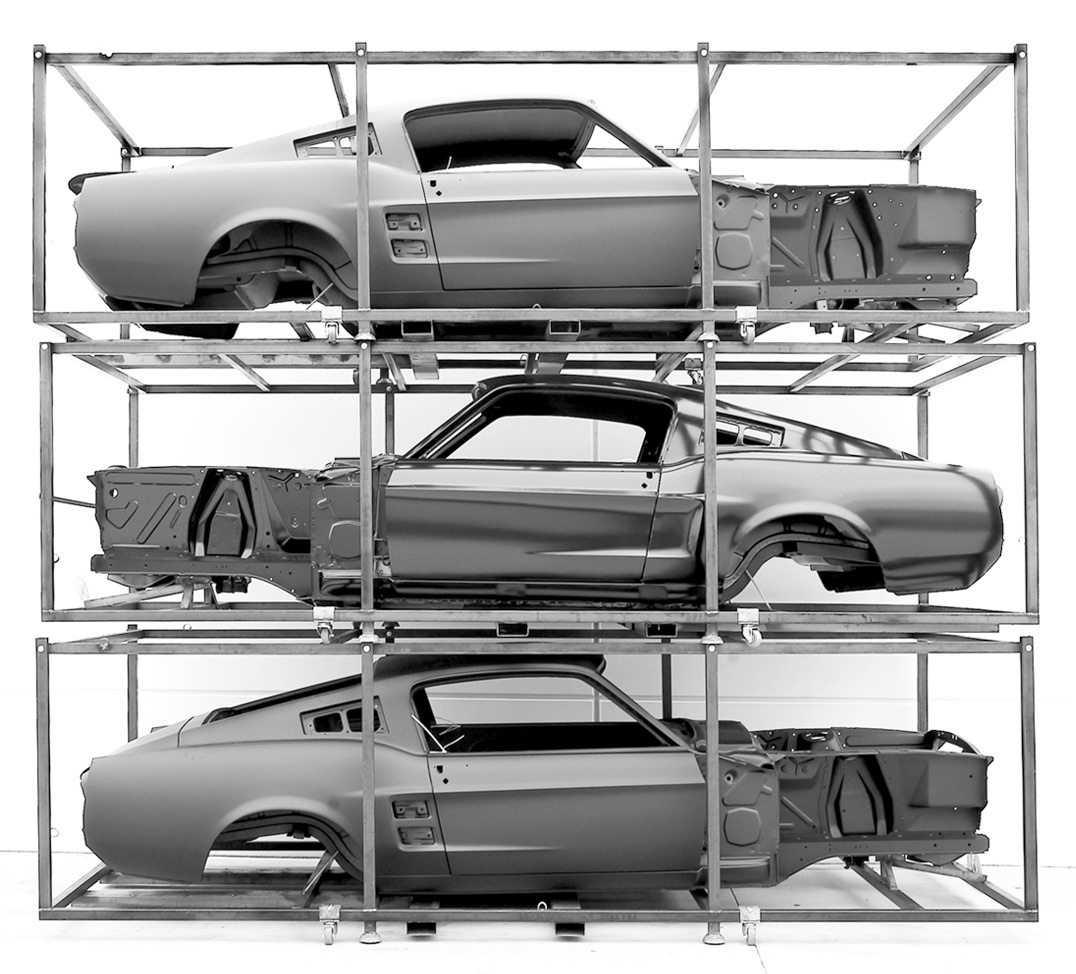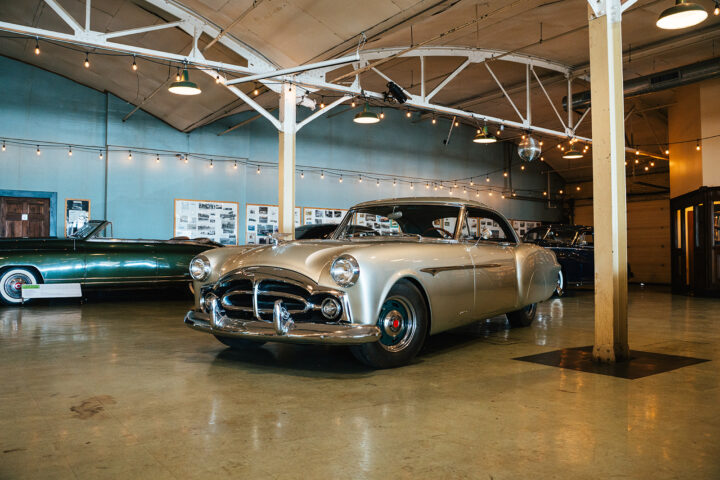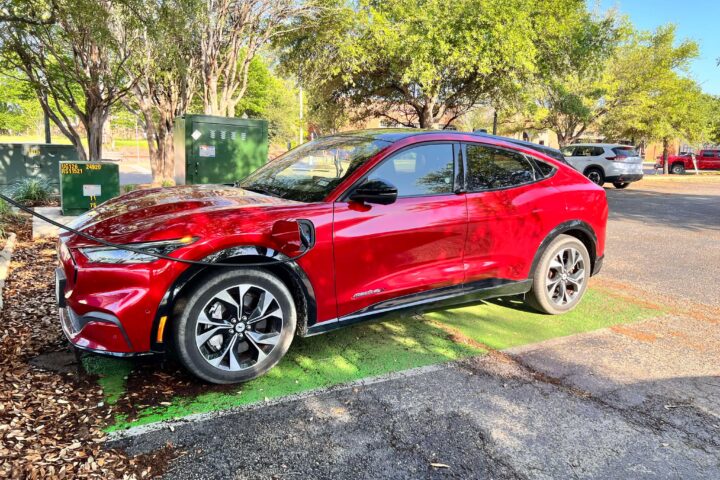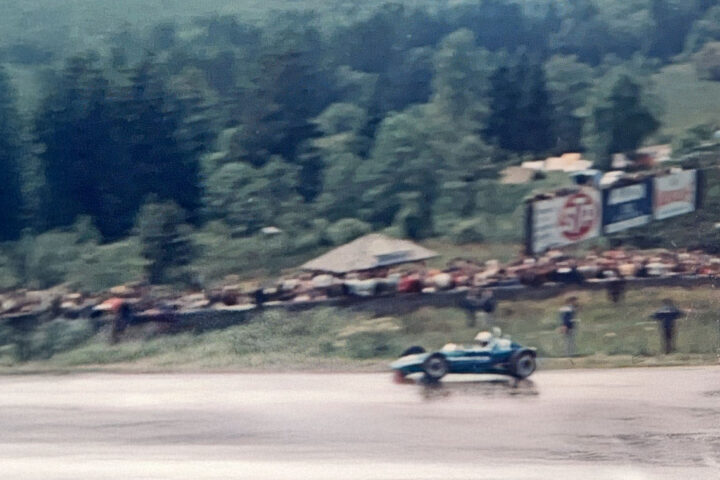In 2010, automotive tuner and restoration house Classic Recreations was under investigation by the Oklahoma State Bureau of Investigation for VIN fraud. Classic Recreations known for building officially licensed Shelby continuation cars, the GT500CR, was cleared of all wrongdoing.
All of this has been sparked ever since the introduction of replacement body shells from the automotive aftermarket. A practice that has been going on in Europe for years, in fact, you can order brand new MGB, Mini Cooper, Triumph, and many other classic body shells and simply swap everything over from your old car, so long as you keep the paper trail in order.
In the US it has been much more complicated with each state having their own take on the legality and process for registering reproduction body shells and every once in awhile the federal government like to chime in. So while Classic Recreations may have had to deal with bad PR and some stressed-out customers (wondering if they would end up like GTR owners), some good may have come from the whole thing. A bill unanimously passed in the state legislature earlier this month, SB 38, now clearly sets guidelines for the restoration of classic cars with new or aftermarket parts. A company can now use new body panels if:
- Starter car holds a clean title, not a salvage
- Replacement panels and/or body must be licensed by the OEM manufacturer
- Replacement body must be the same as the original body (year/make/model)
- Builder will have to pay “rebody” fee
- They will be issued a new title with an asterisk and the word “rebody” on it
The new law seems to be a good compromise that allows for the clearly defined use of new parts while maintaining the spirit (and legality) of the original car.


















